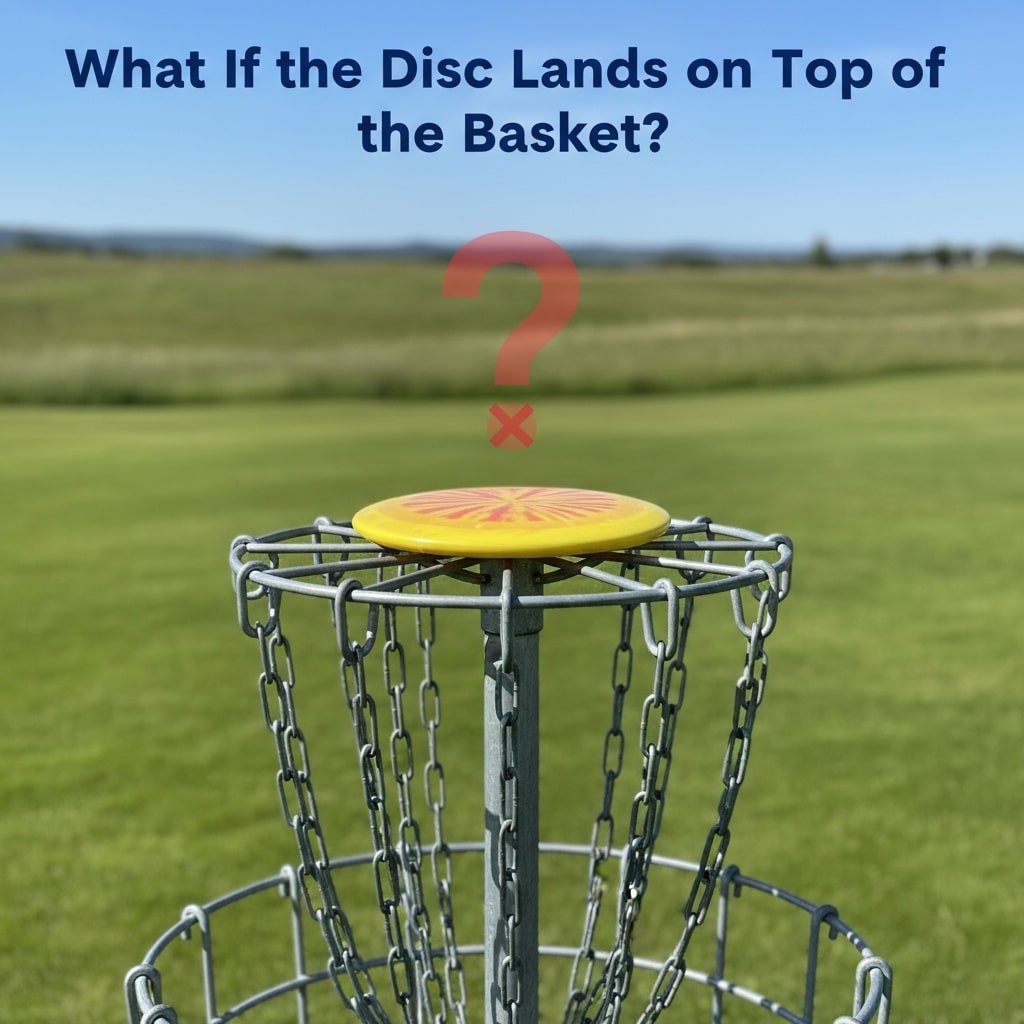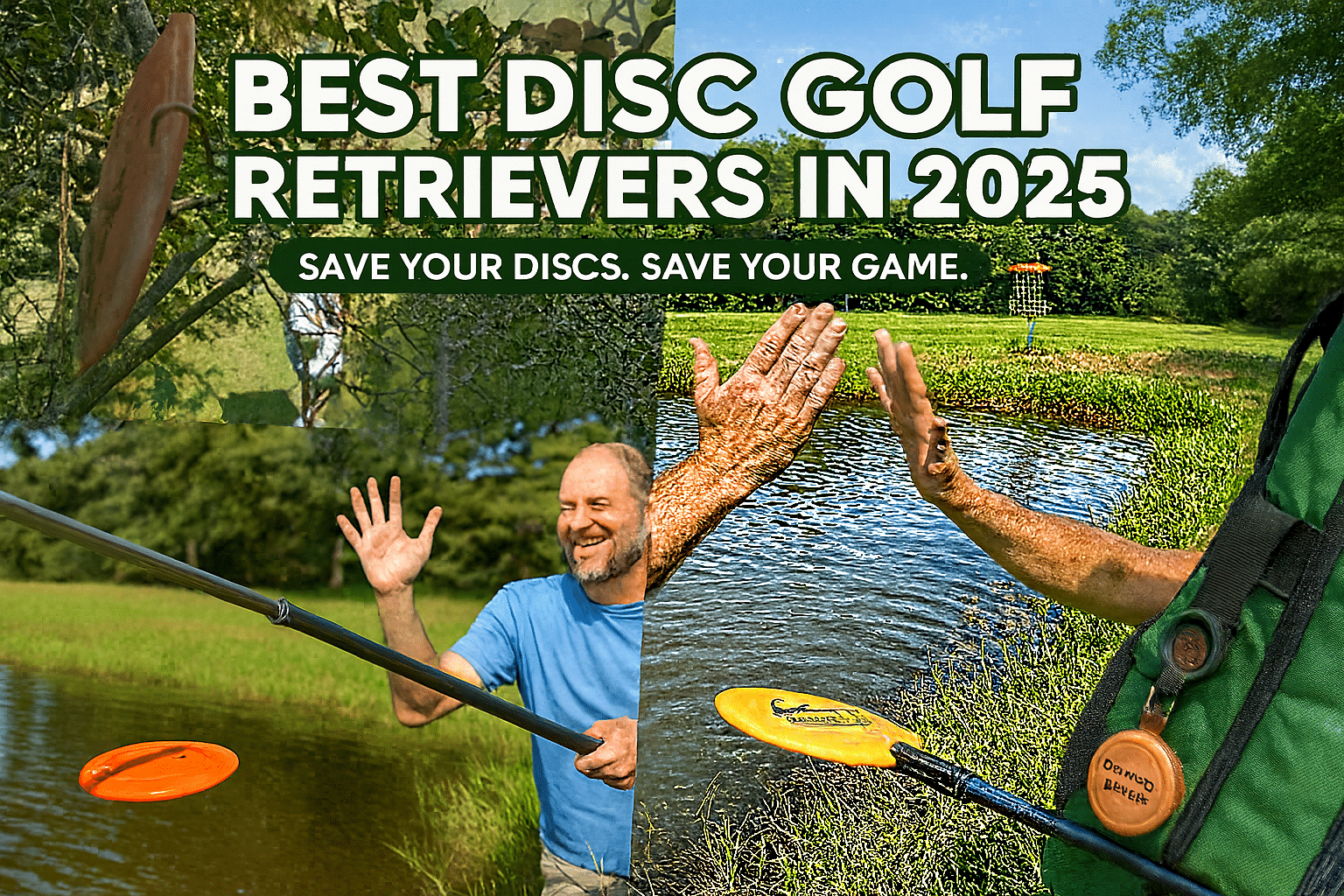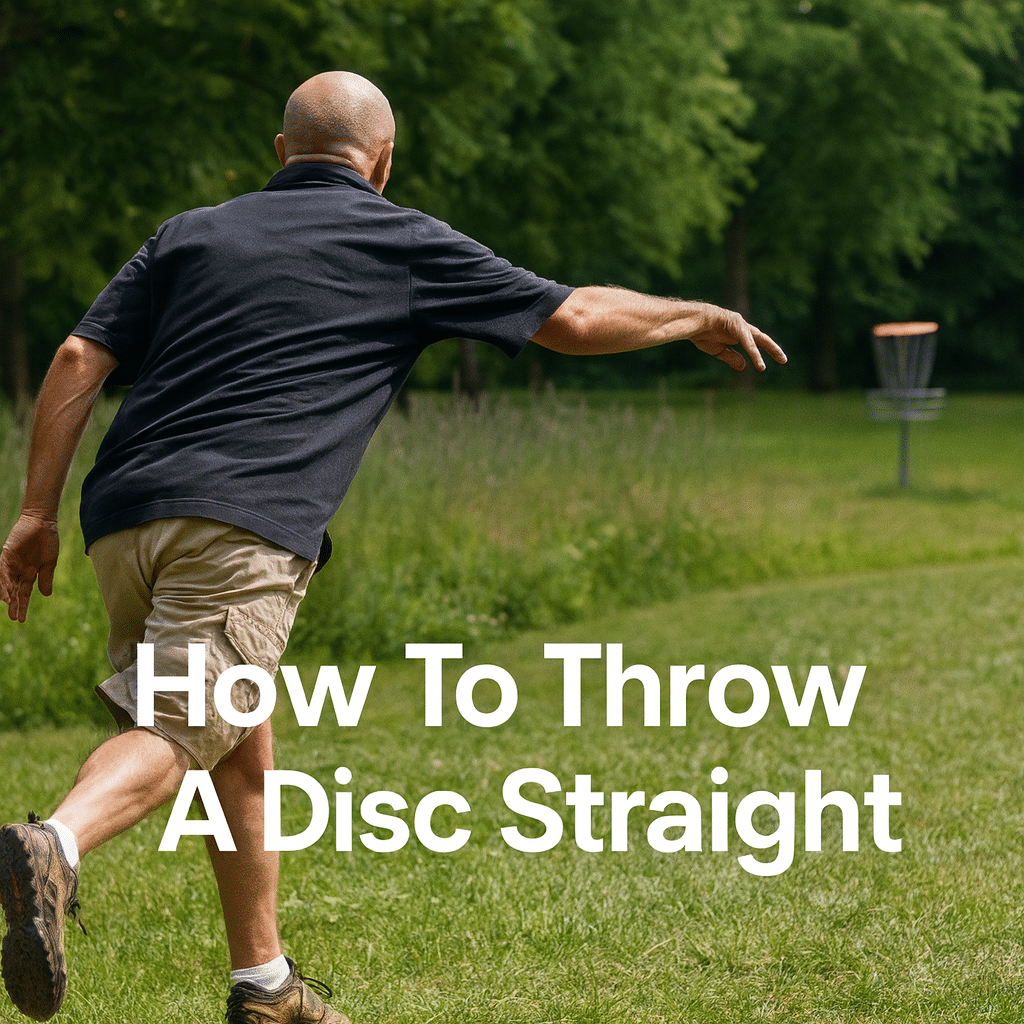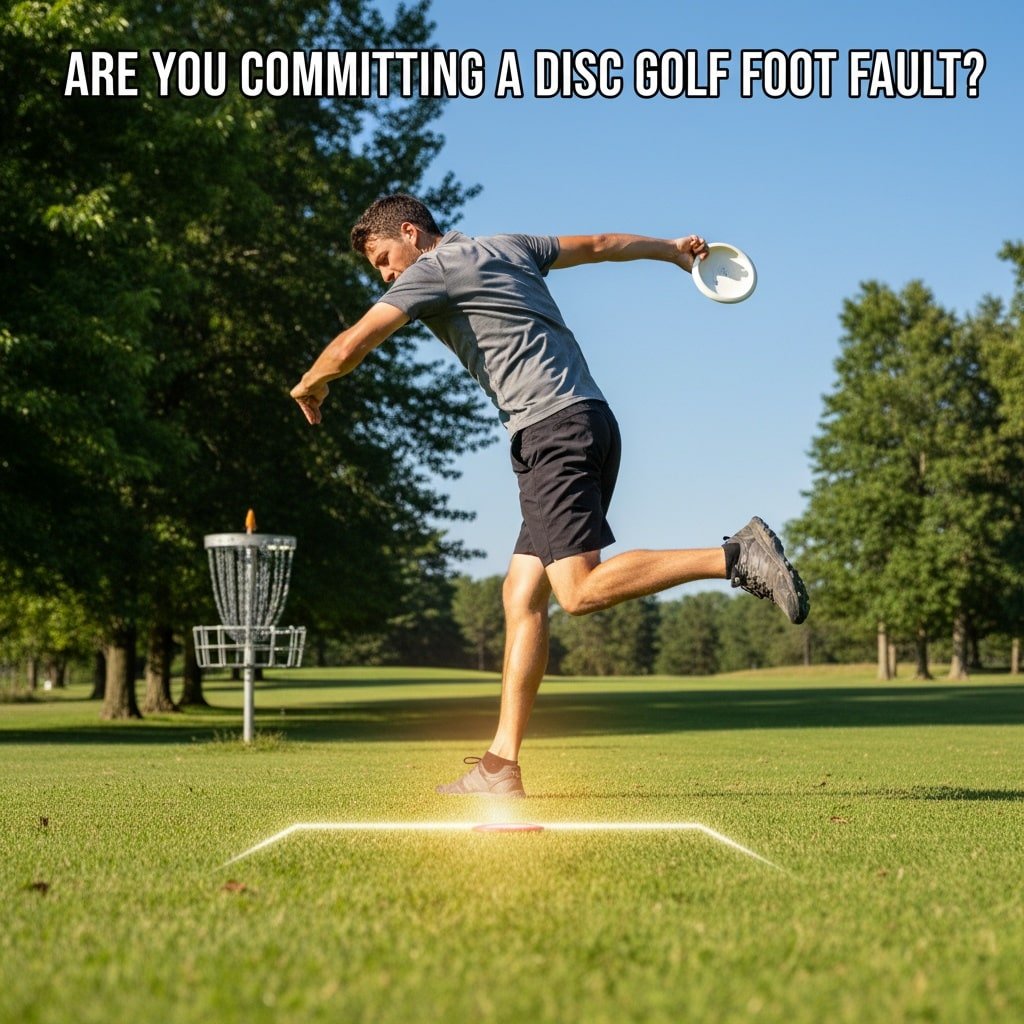
Foot faults are one of the most common rules violations in disc golf, especially for newer players. When I first started playing, I didn’t pay much attention to where my feet were when I threw. That changed once I saw professionals getting called for foot faults during tournaments. Understanding this rule can save you strokes and frustration on the course.

What Counts as a Foot Fault?
A foot fault happens when your supporting points (usually your feet) are not in the correct position at the time you release the disc. Depending on whether you’re putting, driving, or throwing from your lie, the exact requirements change. Let’s break it down.
Inside the Circle
When you’re putting from inside the 10-meter circle:
- You must show balance after the release.
- You cannot step past your lie until you’ve demonstrated balance.
- Moving forward too early is a foot fault and results in a penalty stroke.
To avoid this, pause after your putt, set your back foot down, or pick up your mini before moving forward. This demonstrates control. For the official rule, see PDGA Rule 806.01.
Teeing Off
On the tee pad, the rules are clear:
- At least one foot must be in contact with the teeing area at release.
- All supporting points must be inside the teeing area when you release the disc.
- You may step outside the teeing area before or after the release, but not during.
Violating these requirements results in a penalty stroke. Learn more in PDGA Rule 802.04.
Throwing from Your Lie
Most shots come from your lie in the fairway. Here are the basics:
- At least one supporting point must be in contact with your lie (the rectangle behind your marker).
- No supporting point can be closer to the basket than the rear edge of your marker disc or mini.
- Stepping too far forward or throwing with your foot over the marker is a foot fault.
Review PDGA Rule 802.07 for full details.
Defining the Lie
Your lie is the designated area behind where your disc comes to rest. Unless you are on the tee or in a drop zone, the lie is a 20cm wide by 30cm deep rectangle directly behind your disc or mini marker.
Not having a foot in contact with this rectangle during your throw is a foot fault. See PDGA Rule 802.05 for specifics.
Marking Your Lie
You can either leave your disc in place or use a mini marker. If you use a mini:
- Place it directly in front of your disc, touching the front edge.
- It must be placed toward the basket, not to the side.
An incorrect marking results in a warning for the first violation and a penalty stroke for repeated violations. Learn more in PDGA Rule 802.06.
Why It Matters
In casual rounds, your friends may not care much about strict rule enforcement. But if you’re preparing for organized play or tournaments, foot faults will cost you strokes. Learning these rules now builds good habits and keeps your scorecard clean.
Final Thoughts
Disc golf is about having fun, but it’s also a sport with rules that make competition fair. Knowing how to avoid foot faults is part of becoming a better player. If you’re new, I recommend carrying a mini marker disc and practicing proper footwork. That way, when tournament time comes, you won’t have to worry about giving away strokes for simple mistakes.
For full details, always refer to the PDGA Official Rules of Disc Golf. It’s the best resource for every rule question you may have.



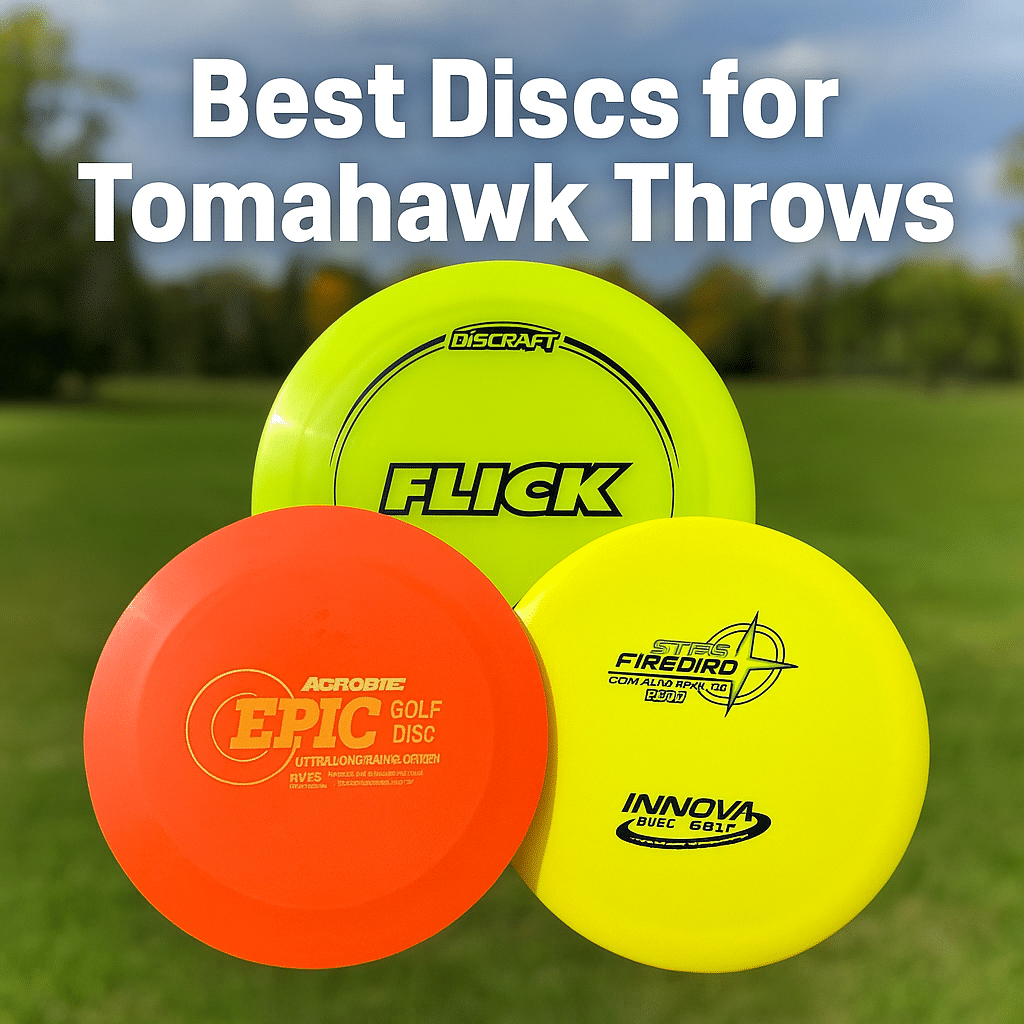
 The Epic is unlike anything else in disc golf. It was built with an uneven rim shape specifically to extend overhand distance. You actually bend the disc slightly before throwing it, which makes the flight ratings a little misleading. It’s a quirky mold and not for everyone, but if you want to experiment with a disc made for tomahawks, the Epic is worth testing.
The Epic is unlike anything else in disc golf. It was built with an uneven rim shape specifically to extend overhand distance. You actually bend the disc slightly before throwing it, which makes the flight ratings a little misleading. It’s a quirky mold and not for everyone, but if you want to experiment with a disc made for tomahawks, the Epic is worth testing. The Firebird is one of the most versatile overstable drivers ever made. Players already rely on it for hyzers, skip shots, and spike hyzers—but it doubles as a fantastic tomahawk disc. If you throw Innova, this is the easy choice for your bag’s overhand slot.
The Firebird is one of the most versatile overstable drivers ever made. Players already rely on it for hyzers, skip shots, and spike hyzers—but it doubles as a fantastic tomahawk disc. If you throw Innova, this is the easy choice for your bag’s overhand slot. The Felon feels like it was made for utility shots. It’s overstable enough to trust in the wind, but workable enough for different angles. Overhands, flex lines, spike hyzers—it handles them all. For overhand players, this disc is a must-try.
The Felon feels like it was made for utility shots. It’s overstable enough to trust in the wind, but workable enough for different angles. Overhands, flex lines, spike hyzers—it handles them all. For overhand players, this disc is a must-try.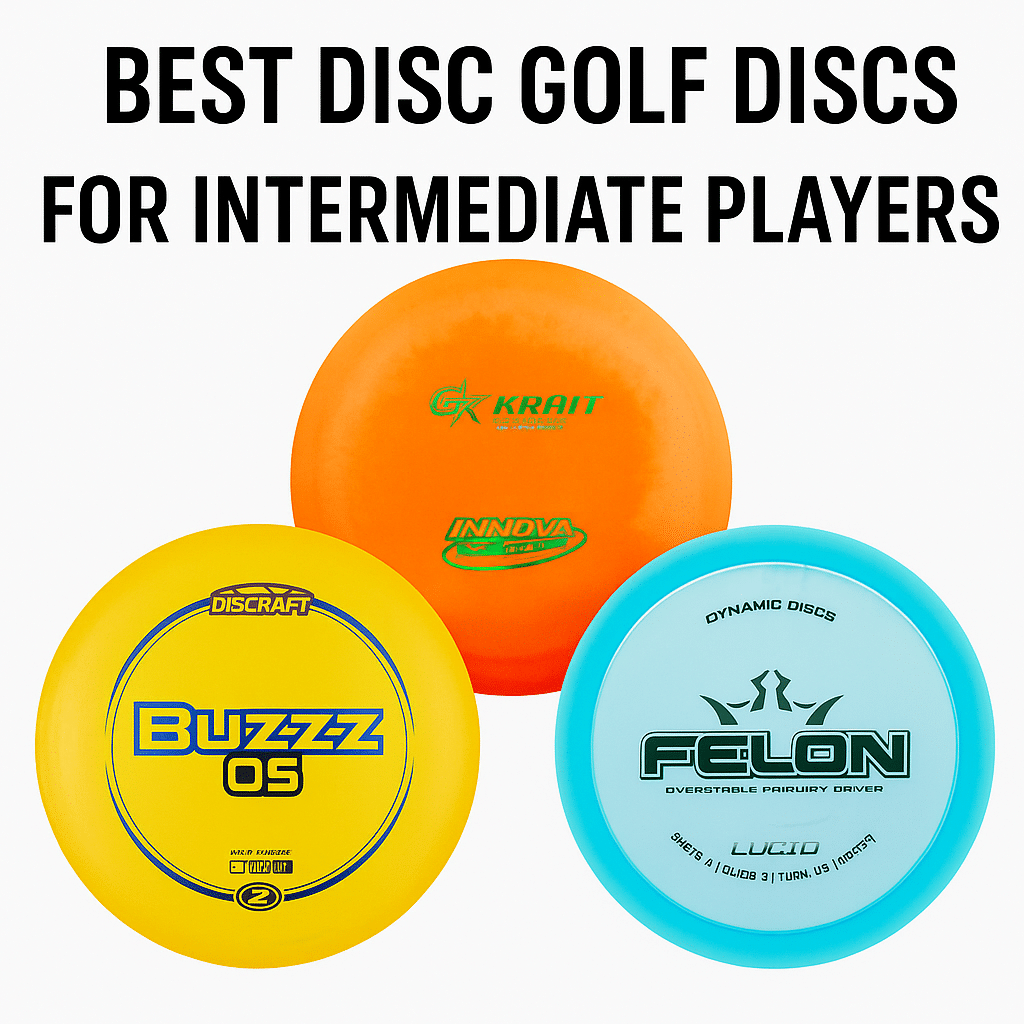





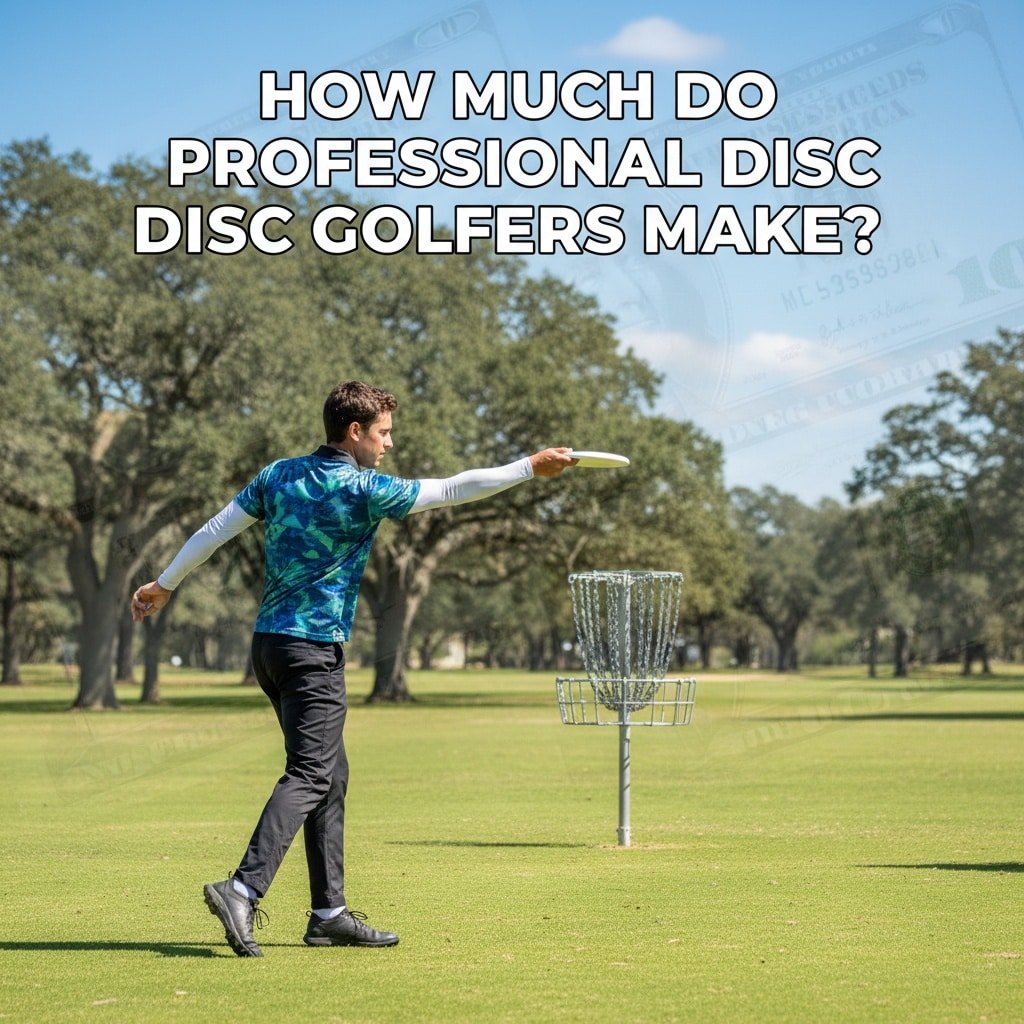


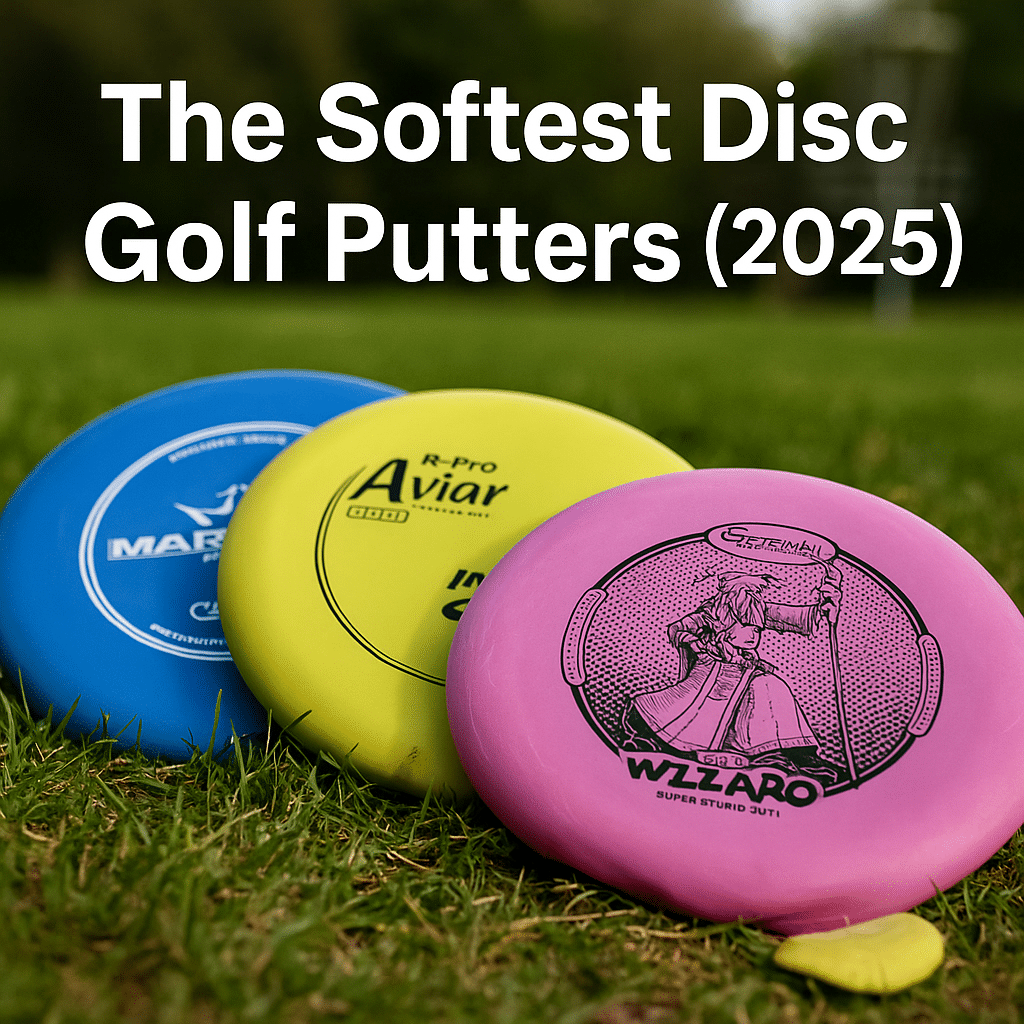
 If you want maximum grip and minimal ground play, the
If you want maximum grip and minimal ground play, the 